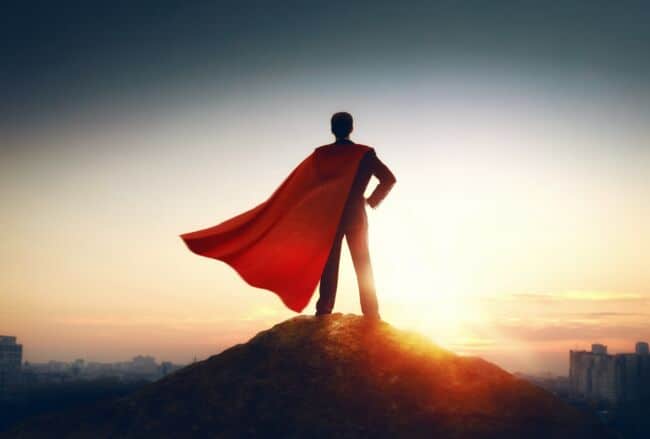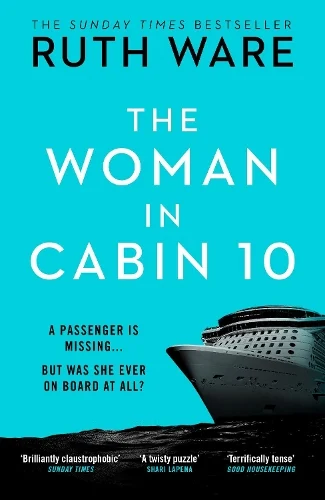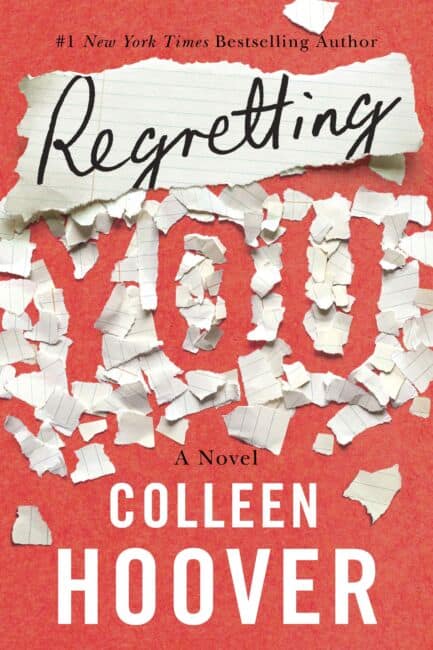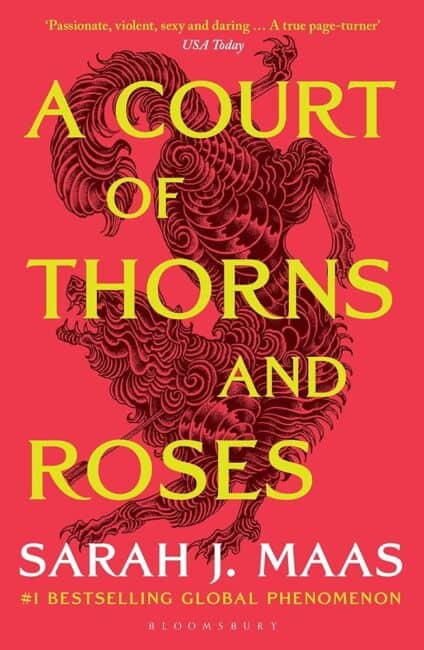What Are Literary Archetypes? From Heroes to Villains

If you’ve ever been reading a book and predicted what (or, rather, who) came next — the heartthrob swooping in at the last moment, the suspicious man in the cloak suddenly turning evil — then congratulations, you’ve encountered literary archetypes.
From the wise old mentor to the brooding, dark-haired villain, literature is full of character types (“archetypes”) that it rolls out again and again to bring us new narratives with a comforting hint of familiarity.
Transcending genres and cultures, the storytelling tradition has been shaped by the characters and symbols within it for generations. In this blog, we’re going to take a closer look, exploring the different types of literary archetypes and getting a firmer grasp on how they impact the texts we know and love. Read on to find out more.
What Is A Literary Archetype?
A literary archetype refers to a recurring symbolic character or plot pattern that is used again and again across numerous narratives throughout history – for example: the happy ending or the hero. The term archetype itself means “a very typical example of a person or thing”, and writers use such recurring examples to bring familiarity to their plots, and to help them form stories.
Literary archetypes are used to represent universal themes relevant to the human experience, and therefore function a bit like a prototype for certain characters or situations in literature. As an example, a love interest is a literary archetype that authors can further customise depending on their intended storyline.
Universal Appeal
It’s important to stress how broad literary archetypes are designed to be — think of them like umbrella terms for smaller subcategories of “archetypal” characters and concepts. The appeal of literary archetypes stems from their universality and adaptability to all kinds of scenarios.
Symbolism And Potential
As with almost anything in literature, literary archetypes are, of course, loaded with symbolism and can be used to produce interesting meanings in texts.
The hero vs villain trope is often taken as a symbol of the battle between good and evil, and so on. Sometimes, writers will actually use literary archetypes to trick their readers. This might look like playing with preconceived notions of how a character might behave based on their consistency with a certain archetype, only to have them do something completely unexpected, catching readers off guard.
Stereotypes vs Archetypes
A common misconception for readers is that archetypes are the same thing as stereotypes, but this is not the case. While an archetype is a universal character, broad enough to be exemplar but not prescriptive, a stereotype is a generalised deception of a group or entity, usually based on common traits or perceptions but oftentimes lacking nuance and accuracy.
A Breakdown of Typical Literary Archetypes
Below, we’re going to run you through some of the most widely-known literary archetypes, starting with the character tropes, before moving on to some plot-based archetypes.
The Hero
First, we have the most famous archetype of them all: the hero. If you were picturing men in spandex with capes and super-gelled-back hair, you’d be right on the money. The likes of Superman, Batman, and co. are now practically synonymous with the hero archetype. However, in recent years, the image of the hero has undergone a major facelift, with more female heroes and even children and animals having a hero-like status (think Groot or Black Beauty). There’s also the Anti-Hero — no, not the Taylor Swift song — but a hero who seems more like a chaotic underdog or questionable do-gooder than anything (think Deadpool or Venom).
The Villain
The villain is a force that opposes the hero as their direct contrast, embodying corruption and darkness. Typically, villains are driven by revenge, ambition, or general malice, and they are usually overthrown by the powers of good (at least in most archetypal happy endings!)
The Explorer
The explorer is a character that’s always on the move, seeking adventure and discovering new things about the world they’ve been written into. Often, the explorer is used by authors to uncover truths or take readers to new, unfamiliar territories.
The Innocent
The innocent is a symbol of purity, helplessness, and naivety — often portrayed in the form of a woman or a child. Innocents are traditionally used to represent untainted goodness as a source of hope against evil or worldly corruption. Think Lucy Westenra in Dracula (before she gets bitten, that is).
The Sage / The Mentor
The sage or mentor is a classic archetype used consistently in the fantasy and fairytale genres. if you were thinking of Gandalf at this point, you’d be spot on. The sage is used to dispel wisdom and is often relied upon to provide the “quest” for the hero to go on as the seed of the plot.
The Seductress
The seductress is most commonly a female character who uses persuasion and allure to influence other characters, often leading the hero astray. In the ’80s and ’90s, feminist literary critics questioned the value of this archetype, specifically whether it damaged the representation of women in literature; however, it’s largely been reclaimed by new-wave feminists since.
The Ruler
Whether noble or selfish, the ruler is an archetype that craves order and control, leading nations or worlds, and largely seen as an authoritarian figure. Of course, there are numerous sub-categories, such as tyrannous ruler, cherished ruler, exiled ruler, and so on.
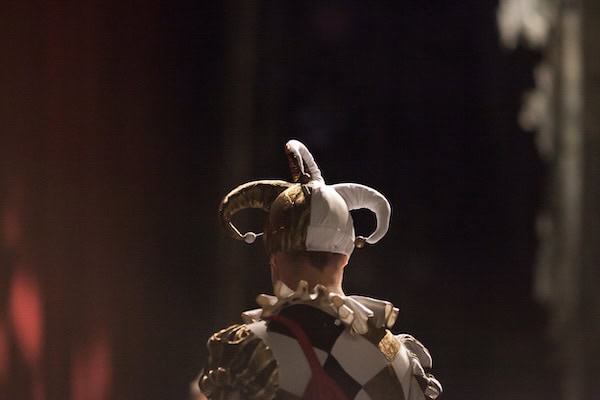
The Jester Or Fool
Often found lurking in the general vicinity of the ruler, the jester brings humour and playfulness to narratives, often gently disrupting events or accidentally swerving the narrative off course. In King Lear, you have the Fool, in The Tempest, you have Trinculo.
The Lover
We hope you’re thinking of Romeo & Juliet with this one. The lover is an archetype characterised by passion, naivety, dedication to another, and raw emotion. The lovers or love interests are often used to generate conflict or tension in the form of forbidden or unrequited love (In our experience, it either ends happily or fatally — no in-between).
Plot-Based Archetypes
As we said above, archetypes aren’t exclusively character-based. Certain plots and tropes like the conflict or the escape ending can also be considered archetypal due to their repeated use. Let’s look at some more in-depth examples.
The Quest
The quest is a classic plot archetype in which the characters, united by purpose or driven by necessity, embark on a journey to retrieve an artefact, find someone or something, or achieve a significant goal. Usually, the quest is just as good as the ending, making for an exciting narrative. Perhaps the best example we can give is the quest for the Holy Grail in Arthurian legends.
The Garden
Less of a plot device than a symbol itself, the garden has been used since Biblical narratives to symbolise paradise, safety, respite, and harmonious alignment with the natural world. Often referencing the original garden — Eden — gardens are used in literature as safe spaces, stand-ins or utopias on Earth.
The Storm
Lastly, the storm is a clever and exciting plot archetype that allows writers to upend their characters and bring immediate chaos to a narrative, often with transformative or disruptive consequences. Usually indicative of a turning point in events, storms can throw characters together or relocate them entirely — think Dorothy and Toto in the cyclone in The Wizard of Oz.
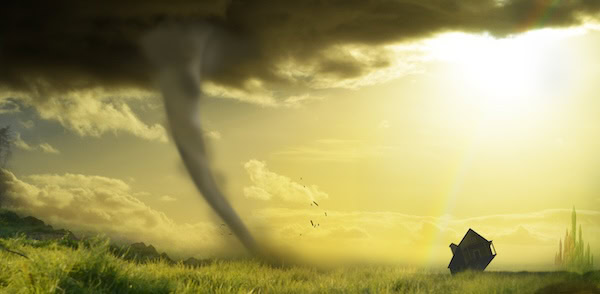
Discover more with Victoria Freudenheim
Whether this was your first introduction to literary archetypes or you’ve been identifying them in stories and on screen for years, we hope this piece has helped clear some things up. Now, you probably won’t be able to read anything without pointing out the hero or the quest archetype. Sorry about that!
For more literary content, be sure to keep up with our blog and, for inspiration for your next read, visit our latest reviews and top-rated pages.
